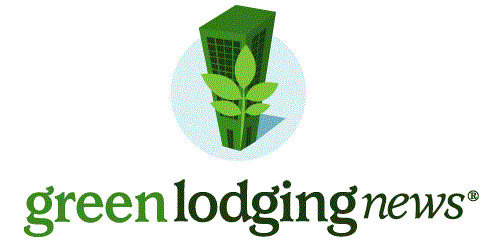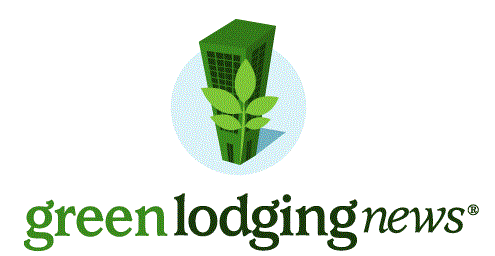 NATIONAL REPORT—Commercial lodging facilities handle massive water volumes daily. Daily wastewater output from guestrooms, kitchens, and laundry services places continuous pressure on aging or undersized sewer infrastructure.
NATIONAL REPORT—Commercial lodging facilities handle massive water volumes daily. Daily wastewater output from guestrooms, kitchens, and laundry services places continuous pressure on aging or undersized sewer infrastructure.
When sewer issues emerge, the fallout often disrupts revenue, damages brand reputation, and requires costly emergency responses. Identifying repeat failure points and infrastructure risks can help facility operators take preemptive action before problems escalate.
Undersized or Outdated Infrastructure
Many hotels operate in buildings constructed decades ago with sewer systems designed for a lower capacity. As facilities expand services or add more rooms, outdated plumbing often fails to keep up with the demand.
Pipe diameters that once supported minimal flow now clog under heavy use from laundry rooms, foodservice areas, and high-turnover guest bathrooms. Operators who increase occupancy without upgrading systems often experience repeated blockages and overflow events.
One of the most common sewer issues facing the lodging industry is infrastructure fatigue caused by high daily flow over long periods. Repeated surges wear down joints, collapse older clay or cast-iron lines, and introduce cracks that allow soil and debris to enter the system.
Some engineers attempt patchwork fixes, but partial replacements often shift stress elsewhere in the system. Proactive line replacement based on flow modeling and occupancy projections reduces the likelihood of sudden failure.
Grease & Food Waste Buildup
Kitchens generate high volumes of fats, oils, and grease (FOG), which harden inside drainpipes and sewer laterals. Even when kitchens follow disposal protocols, emulsified grease and fine particulates still escape into lines.
Emulsified grease and fine food particles cool rapidly in underground pipes and begin accumulating along rough surfaces and within joint gaps. As buildup thickens, water flow slows, causing backups that often start in kitchens and spread to other areas.
A very common sewer issue facing the lodging industry is system-wide clogging from grease accumulation that reaches beyond grease trap capacity. Inspections often reveal that main lateral lines serve multiple kitchens or are shared across event spaces and bars. Without routine jetting or enzymatic treatment, the buildup eventually triggers backups during peak dining hours or large events.
Guest Misuse & Foreign Objects
Guests flush a wide variety of inappropriate materials down toilets. Sewer systems see everything from wipes and feminine products to paper towels and food scraps.
Many guests treat hotel plumbing as disposable, unaware of the strain their habits place on the system. Foreign objects like wipes, paper towels, and hygiene products snag on internal pipe irregularities and create blockage points that trap additional debris.
Sewer camera inspections and sensors often reveal common problems such as early-stage blockages before major symptoms appear. Prevention starts with awareness and continues through responsive monitoring and intervention.
Facilities can install commercial-grade flush systems and signage that clearly discourages improper disposal. Housekeeping teams should also report recurring problem areas so that maintenance staff can inspect lines more frequently.
Root Intrusion & Pipe Shifting
Tree roots seek out moisture, and sewer lines provide an ideal source. Over time, roots penetrate small gaps or cracks in underground pipes and expand inside the line.
As roots grow, they constrict flow, trap solids, and fracture pipe walls. The lodging industry often overlooks this risk in older landscapes where vegetation grows close to lateral lines or septic transitions. Shifting soil and freeze-thaw cycles also cause pipe misalignment that leads to similar flow disruptions.






